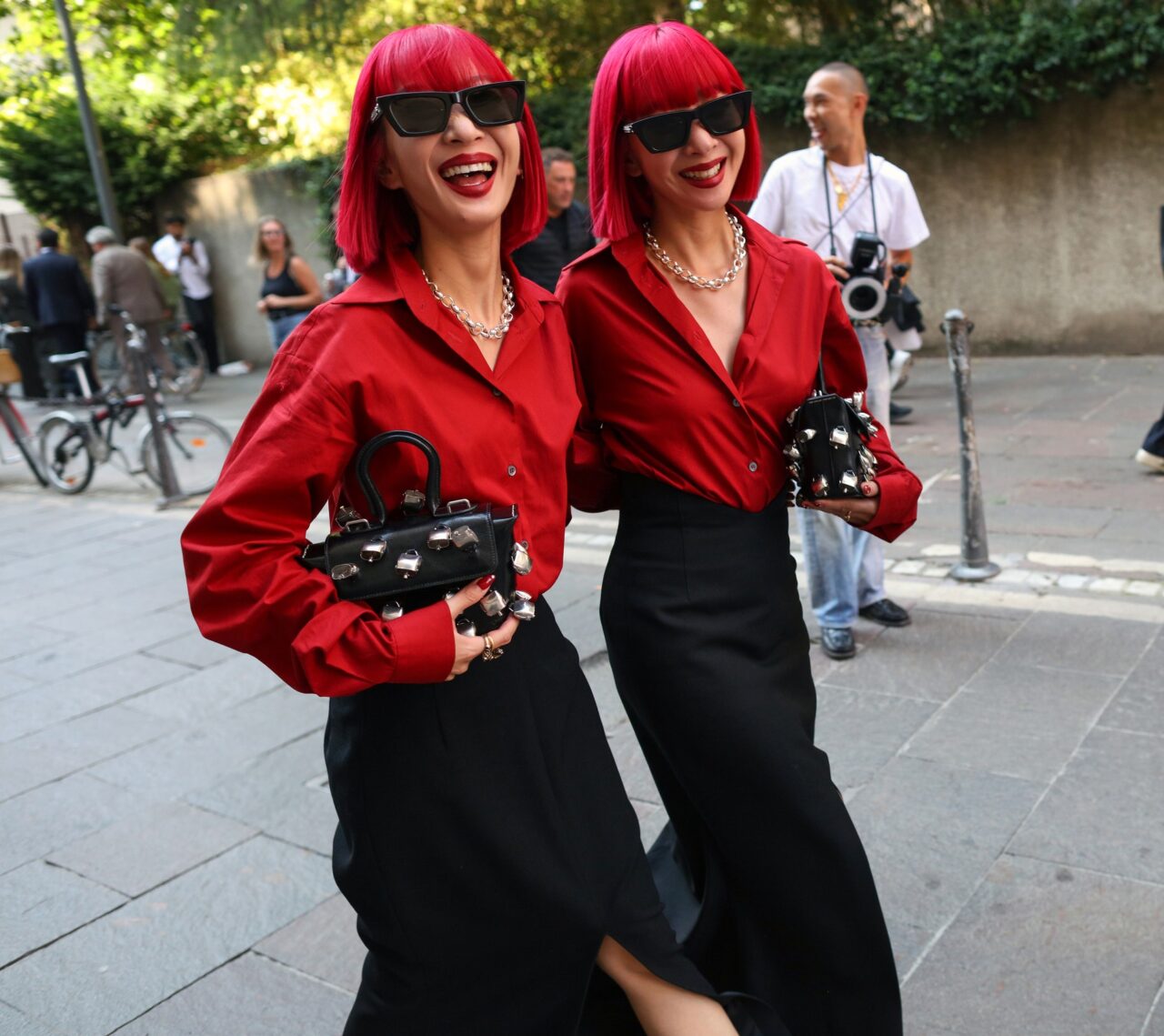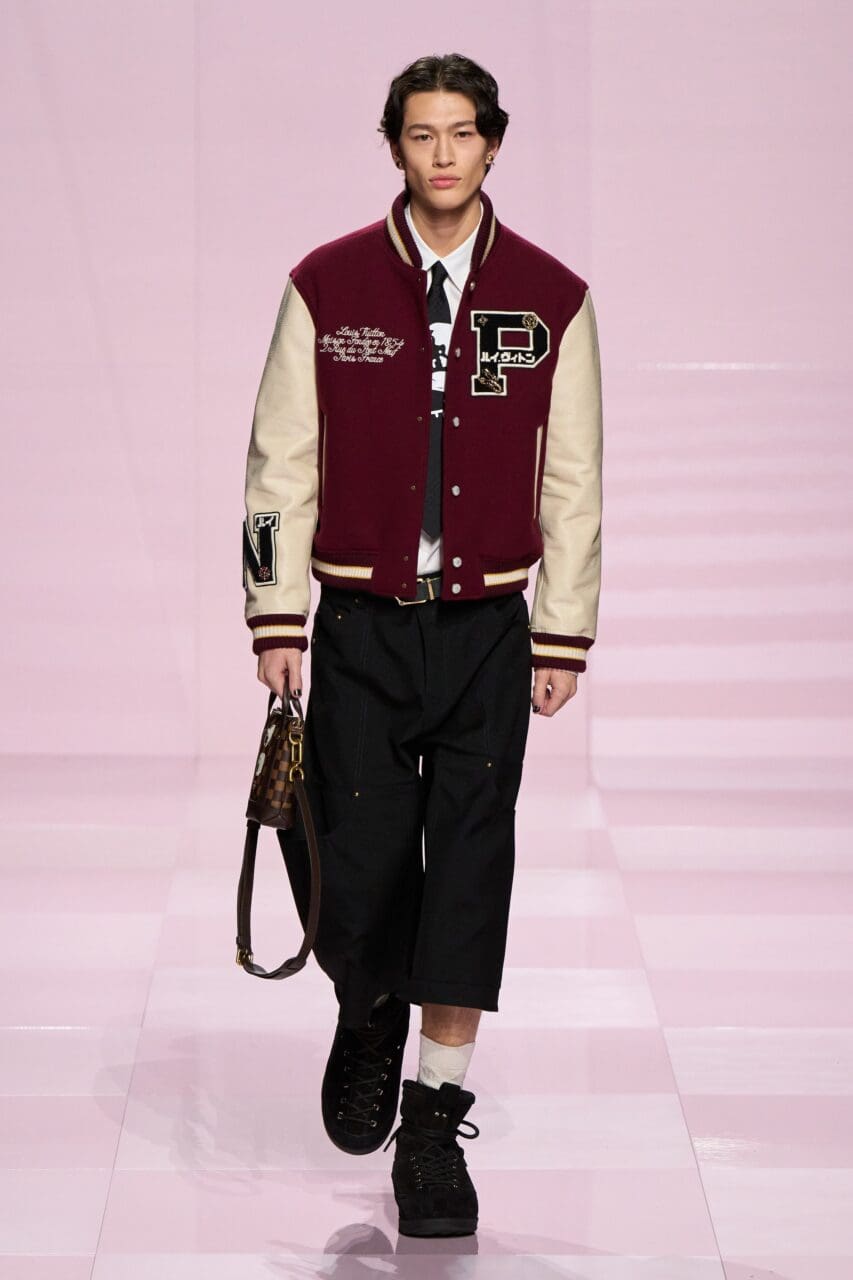Copenhagen has cemented its status as the capital of sustainable fashion, thanks to its ambitious new framework that will require all brands to meet minimum standards in six key areas – including environmental strategy, smart material choices and working conditions – by 2023.
“We have a holistic stance on sustainability,” Cecilie Thorsmark, CEO of Copenhagen Fashion Week, tells Vogue. “[We want] to utilise the power that we have to drive change; we are building a solid foundation for the future. And [this fashion week] I’ve found sustainability to be really visibly embedded in a way that’s natural and doesn’t compromise on creativity. ”
Here, we round up five key sustainability lessons we learnt from Copenhagen that can help advance the fashion industry to a brighter future.
Sustainability comes in all shapes and forms
While sustainability has long been associated with pared-back minimalism (new brand The Garment being a prime example), this CFW has shown how it’s possible to take a more maximalist approach, too – from (Di)vision’s upcycled streetwear and Helmstedt’s under-the-sea prints, to Zalando Sustainability Award winner Nikolaj Storm’s “techno tea party”-themed collection made from deadstock fabrics and an innovative cork textile.
Eco-friendly practises are non-negotiable for young designers
As a wave of new designers joined the schedule this year, it was heartening (although not surprising, considering how concerned the younger generation is about the climate crisis) to see how embedded sustainability already is in their brand philosophies. “For us, it’s the only way to do it,” Simon Wick, co-founder of (Di)vision, explains.
Significant strides can be made in a short space of time
For more established brands, progress can be made rapidly, with Ganni being a case in point. The label has gone from just four per cent of its collection being made from responsible materials (organic, certified or recycled) in 2019 to 73 per cent in AW21, a figure that’s projected to increase to over 80 per cent for SS22. At Baum und Pferdgarten, meanwhile, 52 per cent of the collection was made from responsible fibres, with the brand setting out clear commitments to use more environmentally-friendly materials over the next three years.
Phygital could be the way forward
While spring/summer 2022 marked a return to IRL shows in Copenhagen, the likes of Holzweiler, Marimekko and Louise Lyngh Bjerregaard all chose to show digitally instead – demonstrating how the hybrid format that’s evolved during the pandemic is set to continue. It means brands don’t feel obliged to hold a full-scale show every season, allowing them to reduce their environmental footprint while still reaching a global audience.
Copenhagen is undoubtedly setting the agenda
The most exciting news this fashion week? CFW’s groundbreaking agenda is already inspiring other fashion weeks around the world, with the British Fashion Council’s CEO Caroline Rush revealing that London Fashion Week is now looking at how it can adopt its sustainability framework. With the latest IPCC report showing just how urgent the climate crisis is, this type of collaboration is exactly what we need right now.
Editor
Emily Chan





